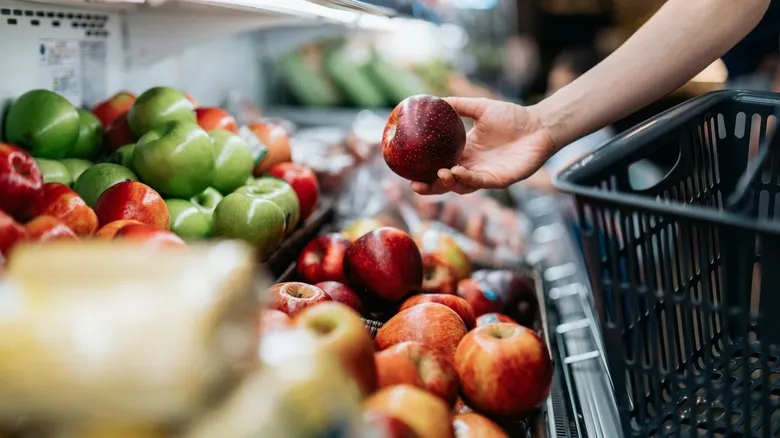The 5-4-3-2-1 method utilizes several shopping techniques

One significant advantage of organizing your grocery shopping using the 5-4-3-2-1 method is that it helps you stick to the store's perimeter (where you should ideally be), reducing the likelihood of aimlessly wandering through the lengthy aisles, which is where most impulse buys occur. This approach provides clarity to your grocery list, which is essential for becoming a more mindful shopper. While this method doesn't account for regular household staples like milk, eggs, cooking oil, coffee, or herbs and spices, you can easily obtain these items without including them on your list.
It's important to note that the 5-4-3-2-1 method may not always be the most budget-friendly approach, as fresh fruits, vegetables, and protein sources are typically not the cheapest options. Instead, this method is designed to help you create a thoughtful list that minimizes unwise purchases, ultimately reducing both costs and waste. Additionally, always remember to check the labels on your perishable goods to ensure you’re selecting the freshest products, which will enhance their shelf life. So, if you're looking for a more streamlined and focused shopping list to help you navigate the grocery store with ease, give the 5-4-3-2-1 method a try – and feel free to add one extra treat just for yourself!
Recommended

The Origin Of Donuts And How They Got So Popular

The One Payment Method That Could Actually Help Your Grocery Budget

Give Pasta Fresh Seafood Flavor Using An Easy Canned Ingredient

Grocery Shop Like A New Yorker For Efficiency And Freshness
Next up

